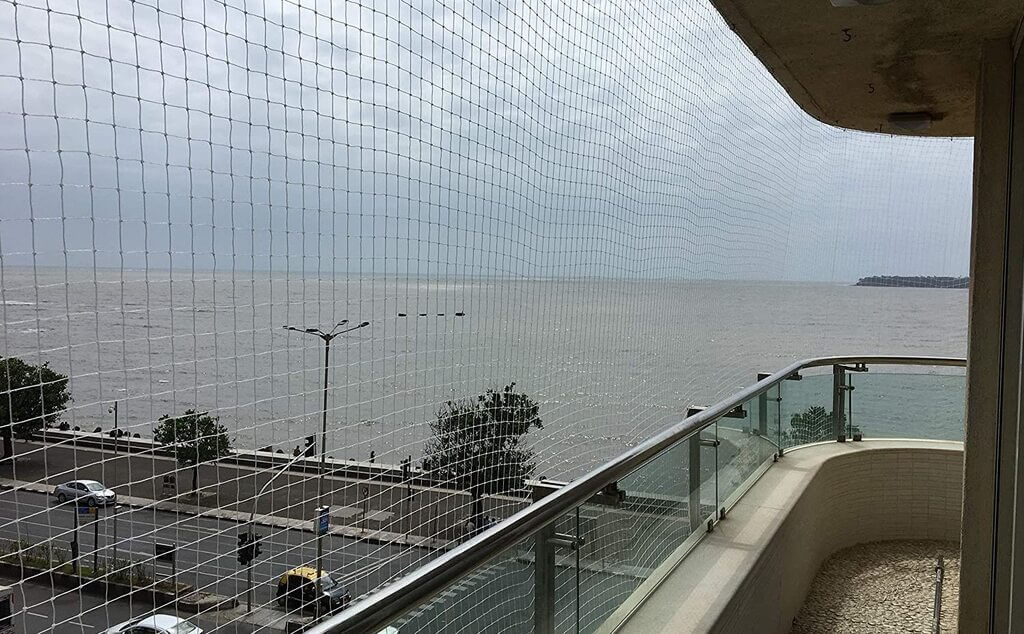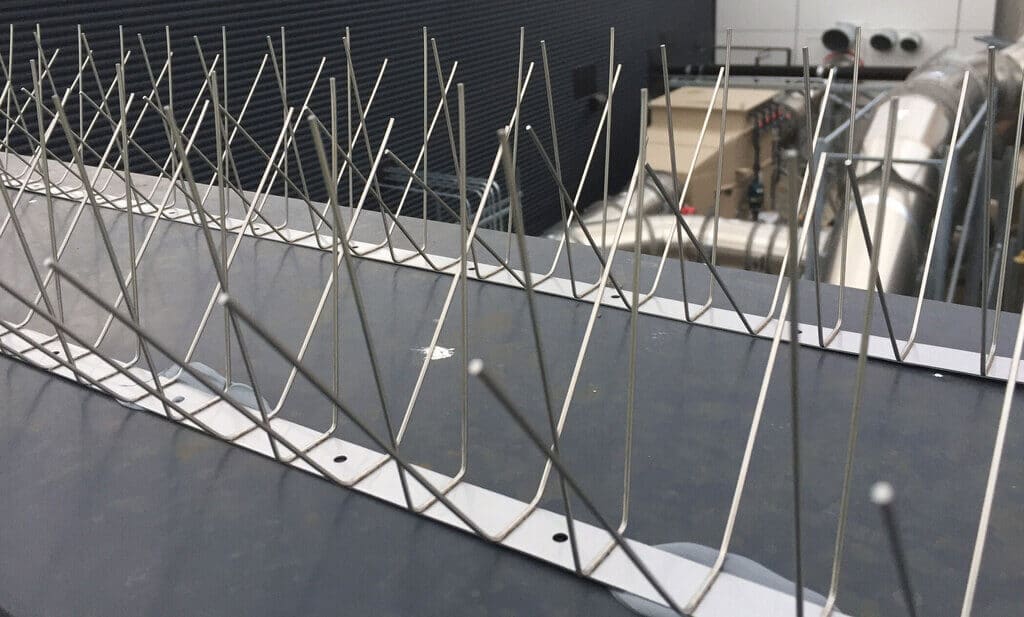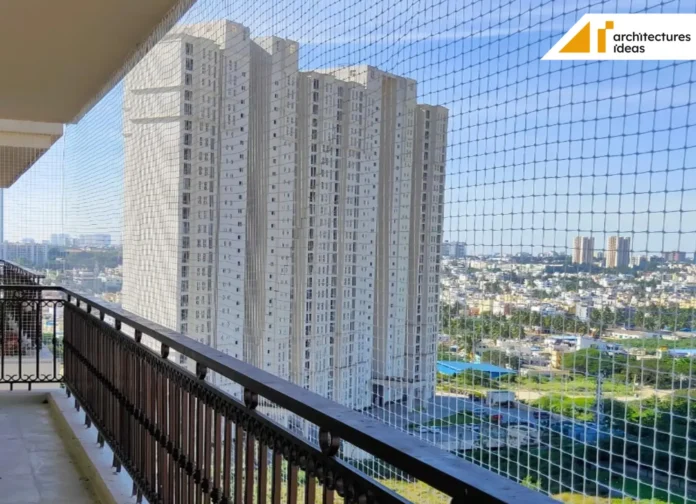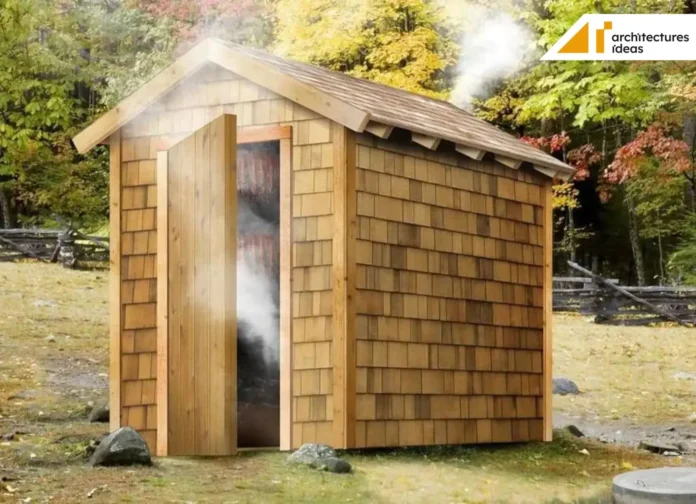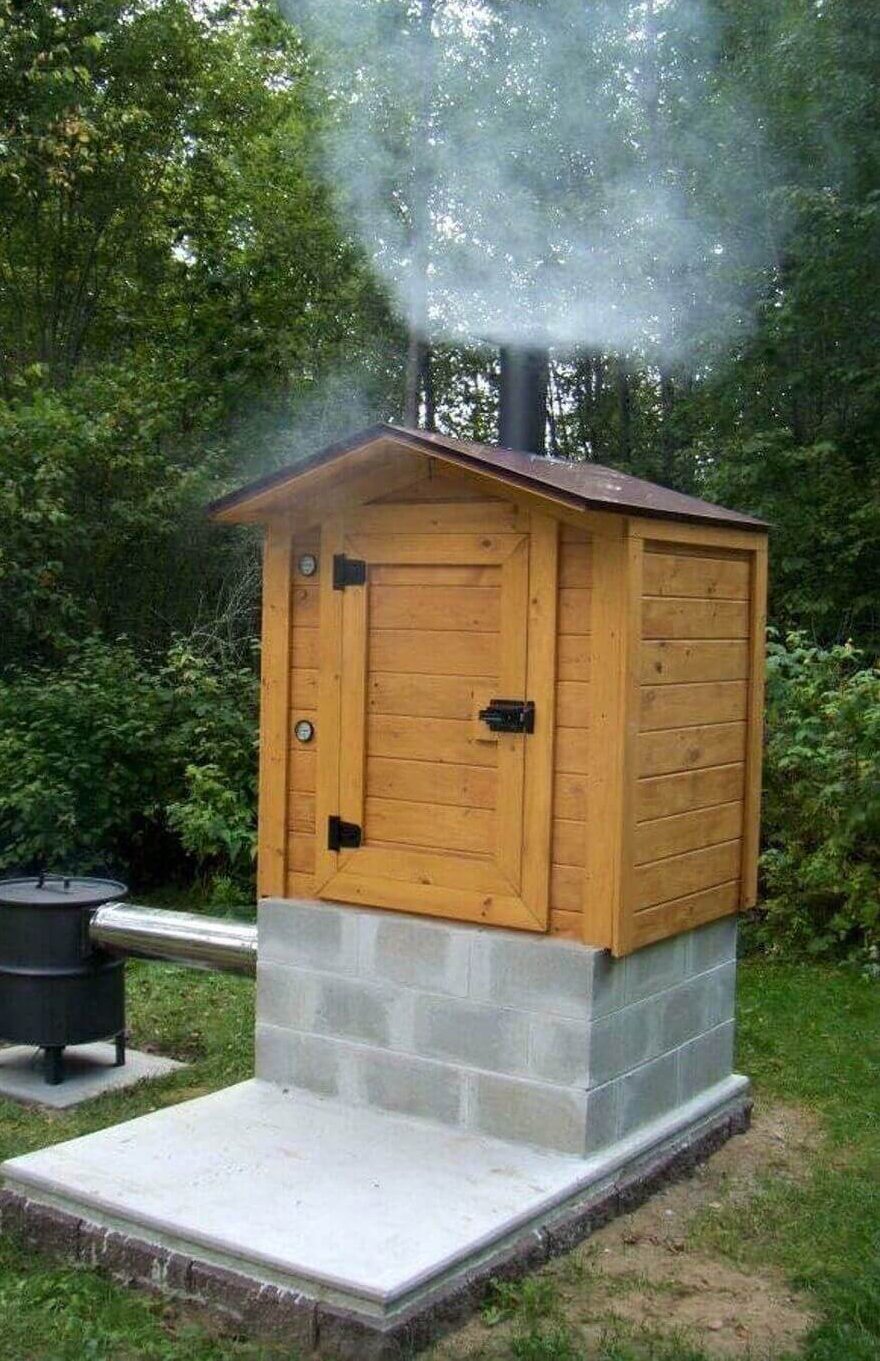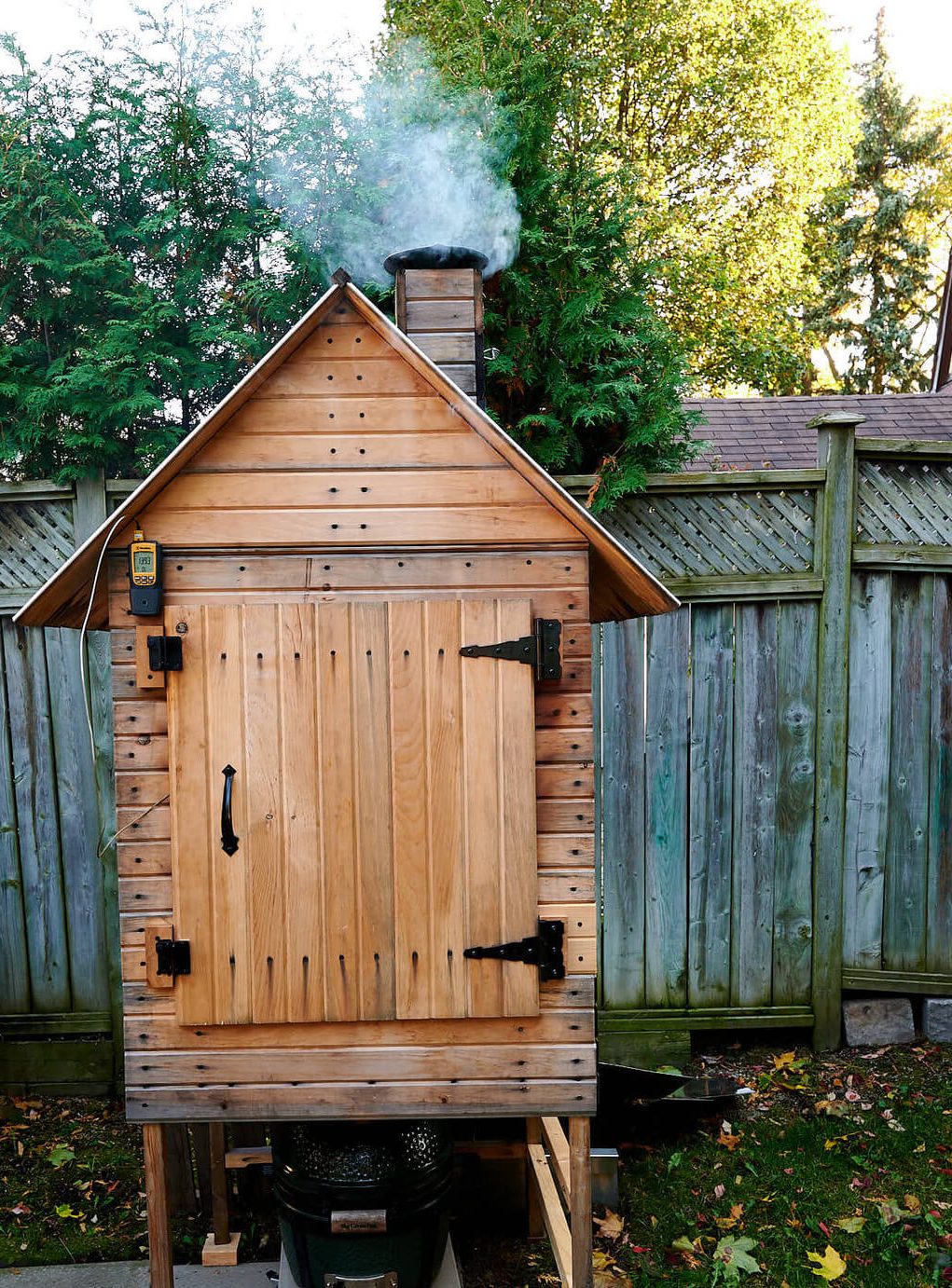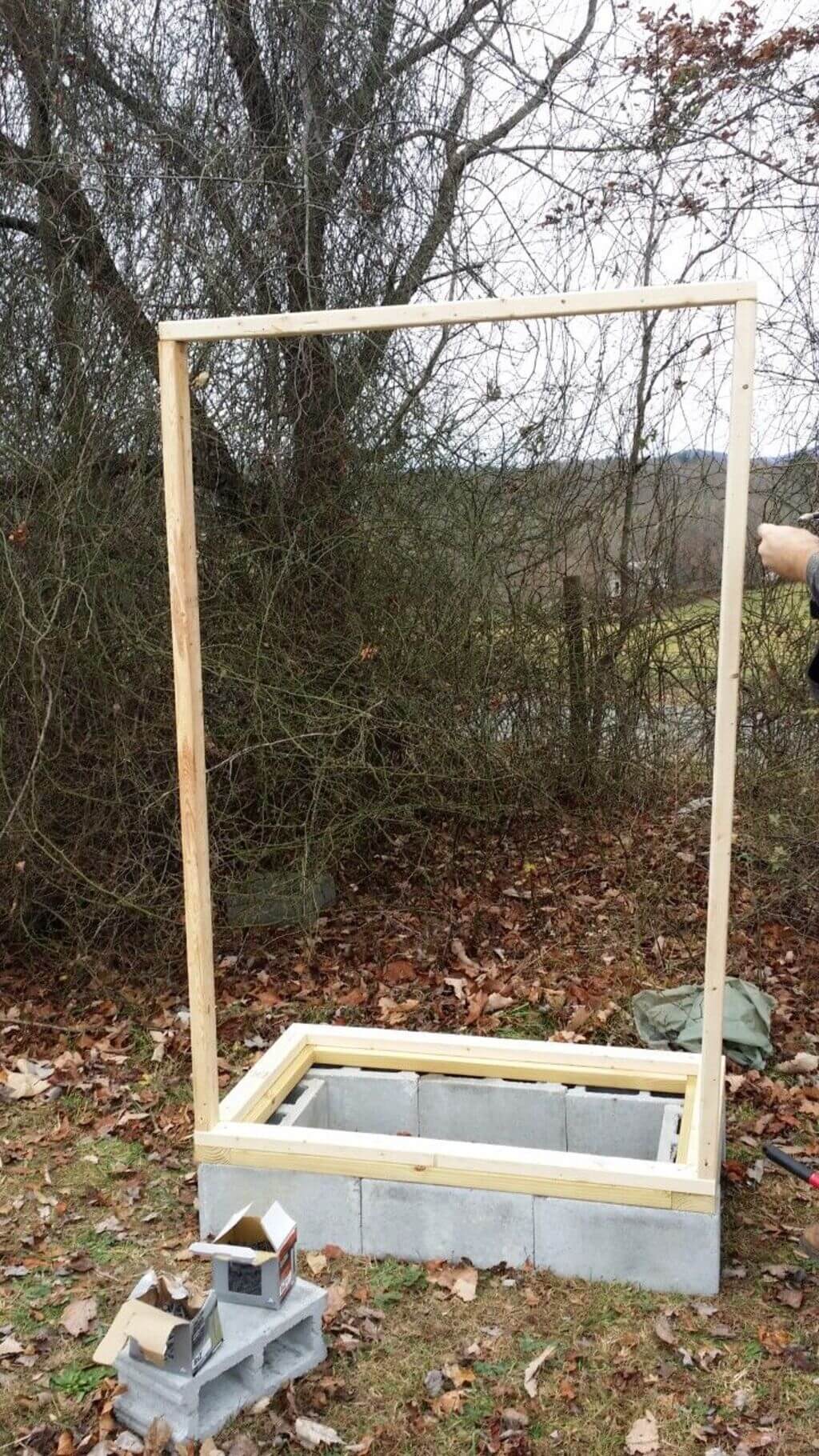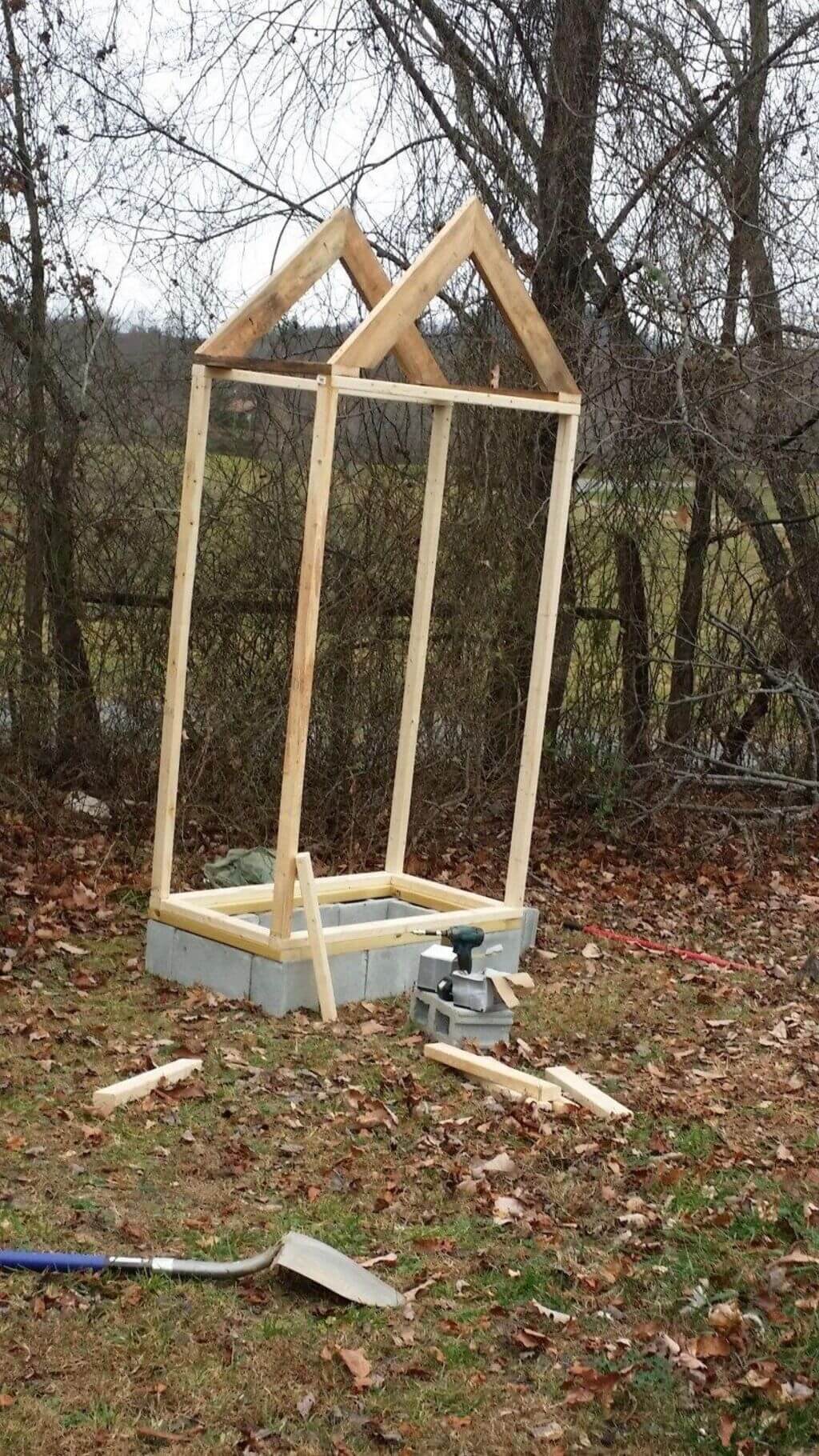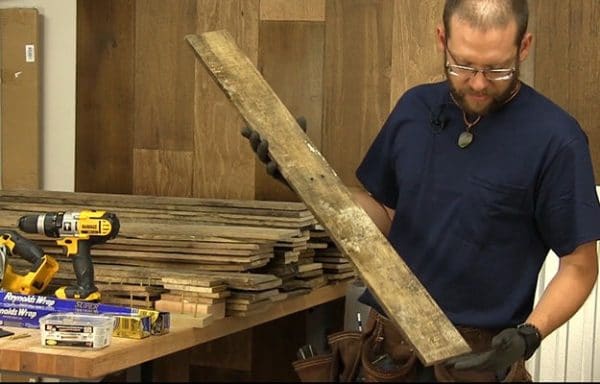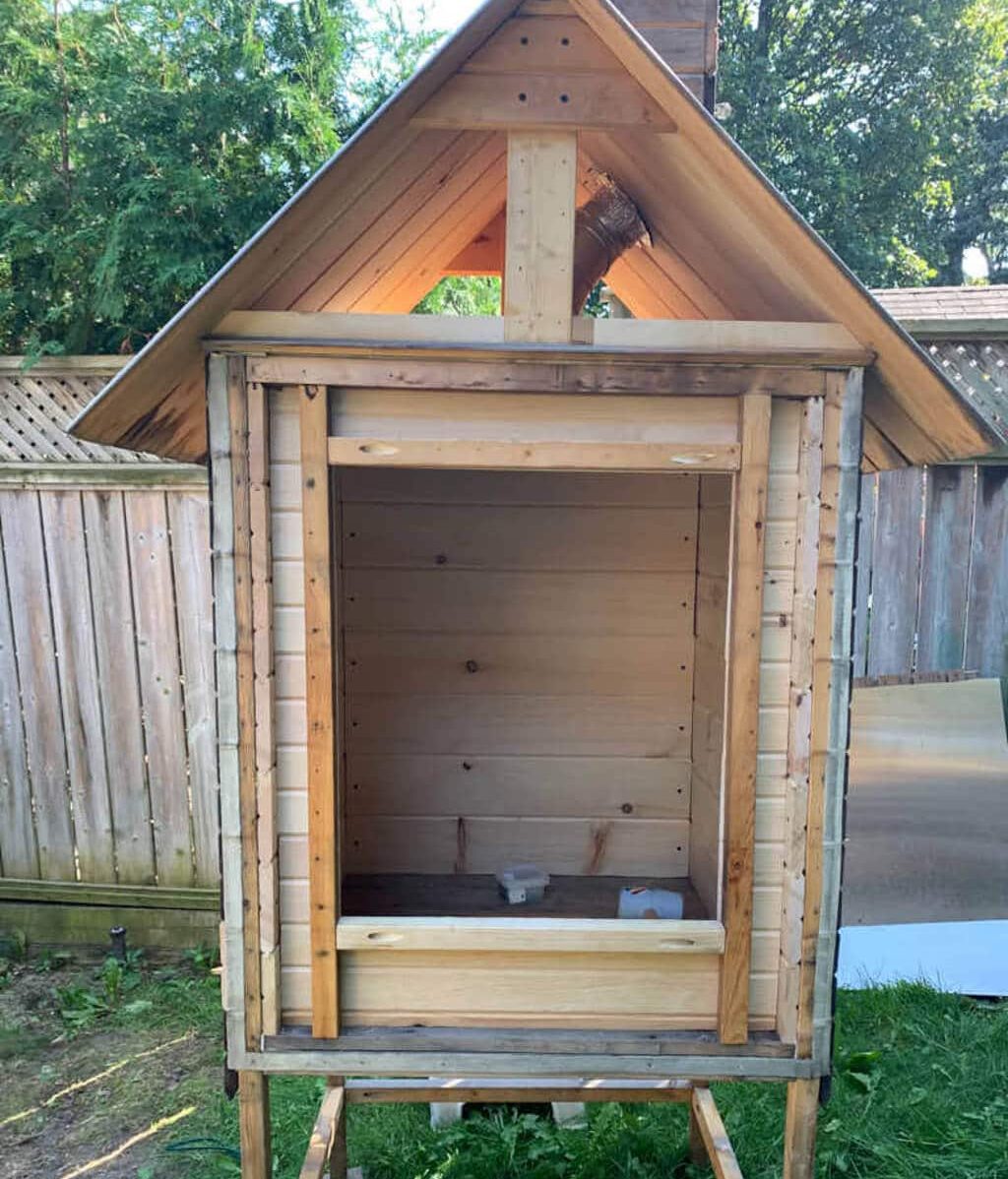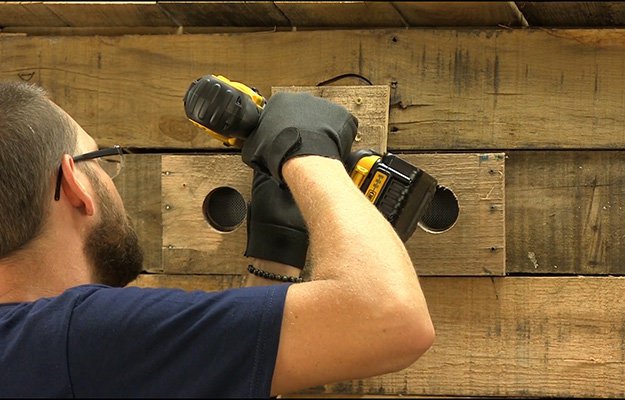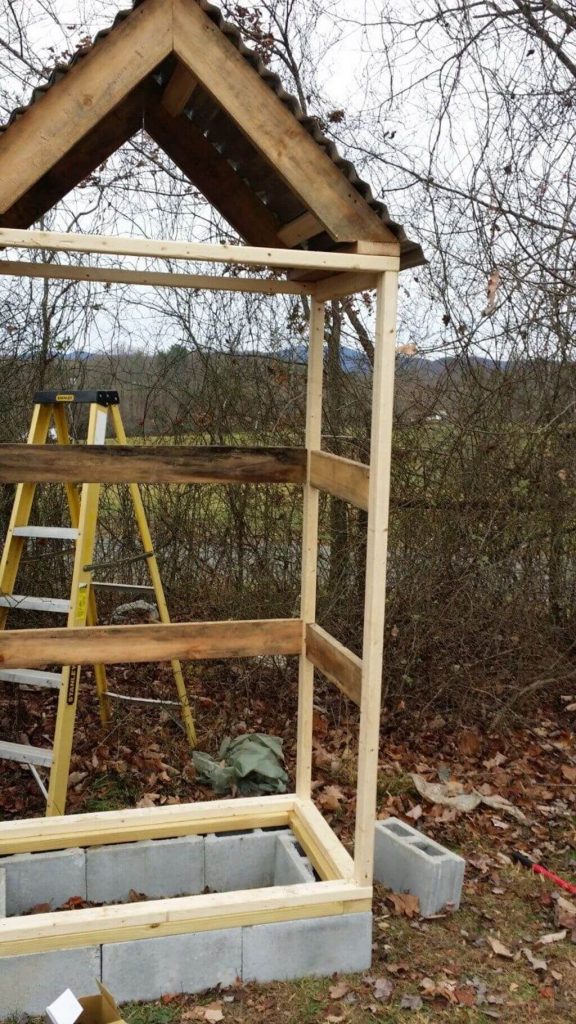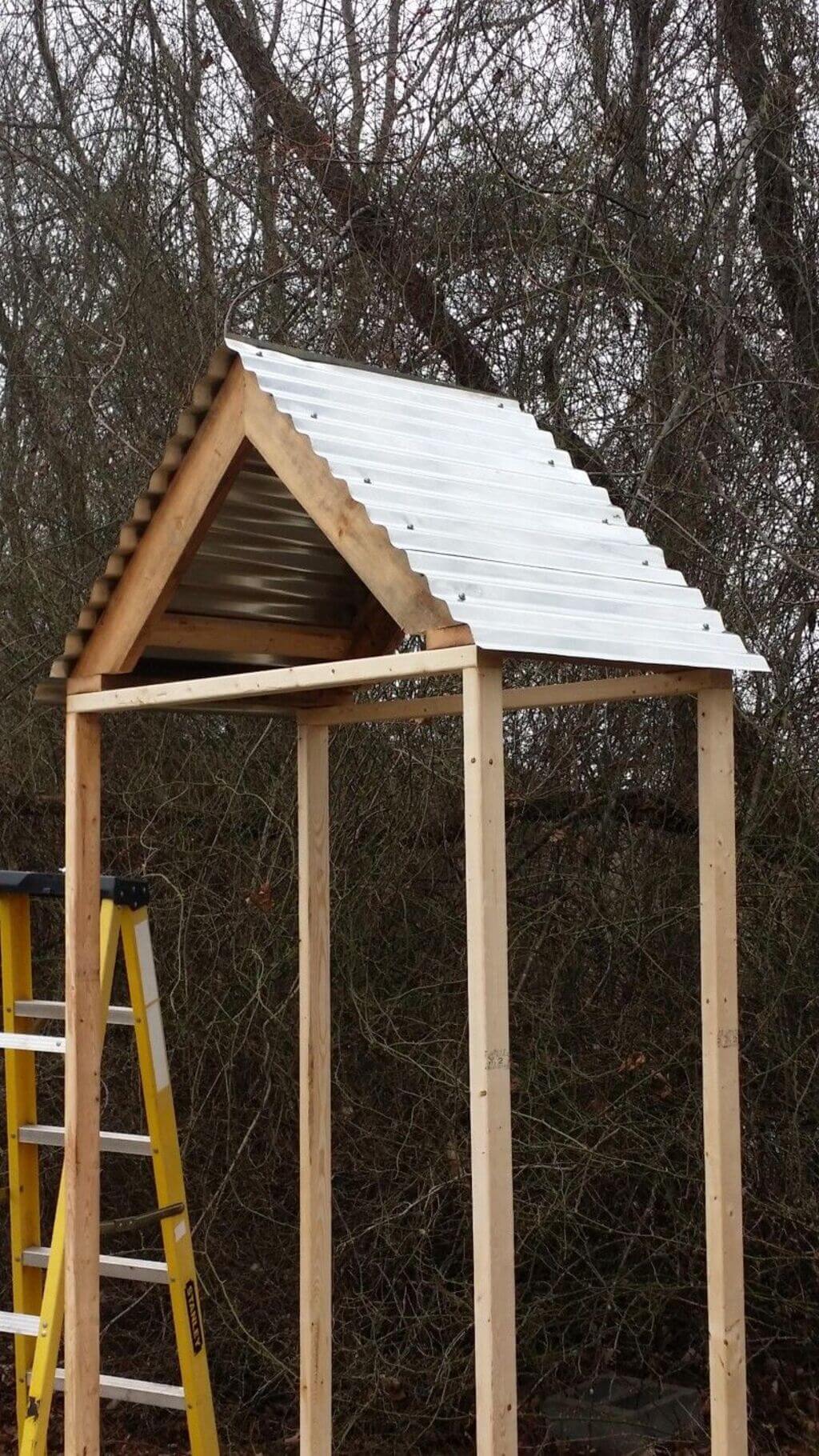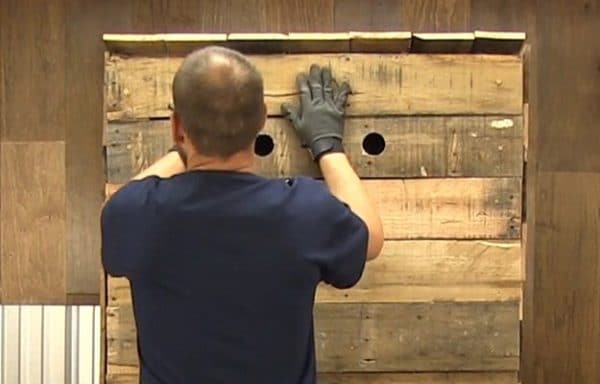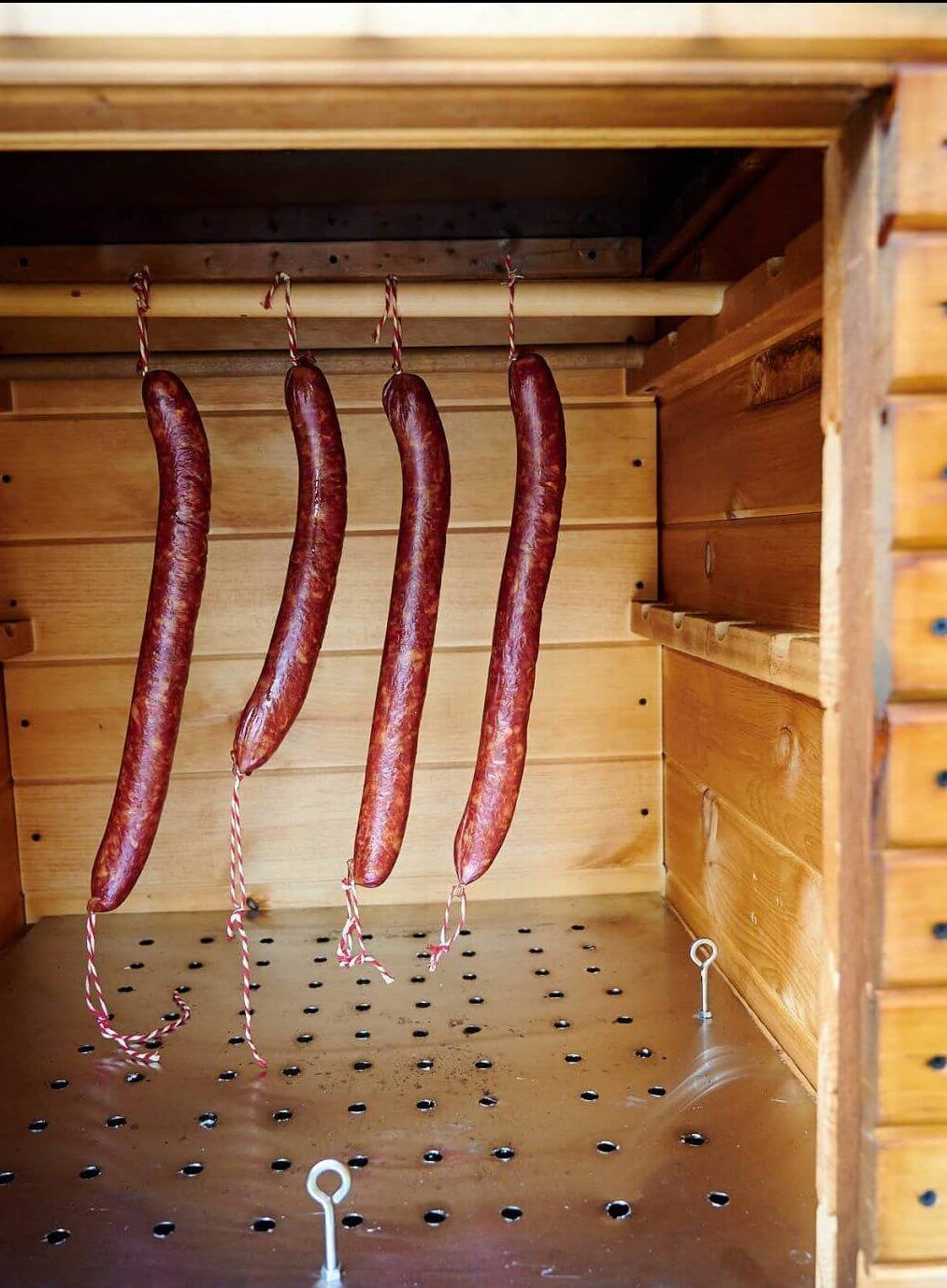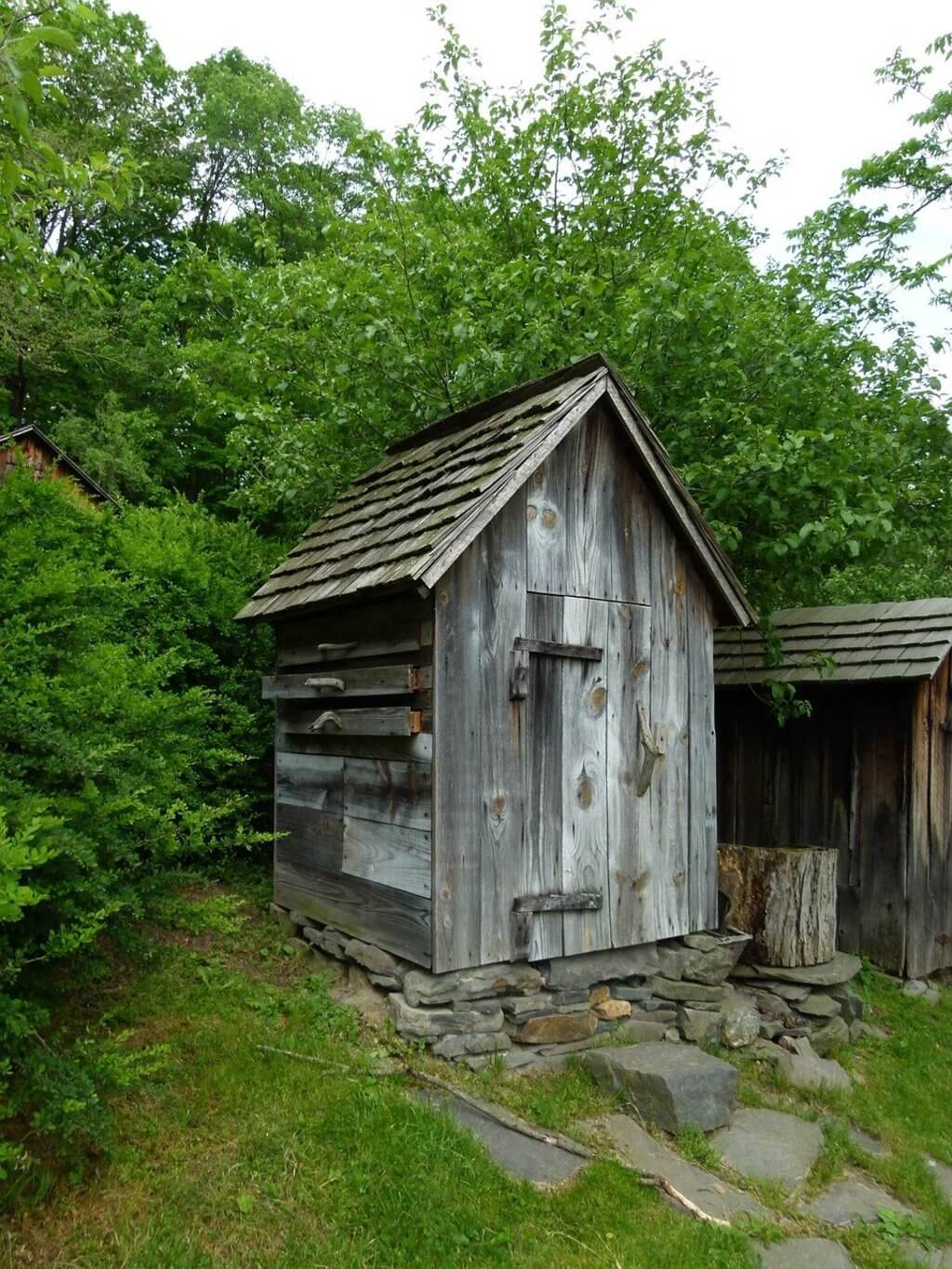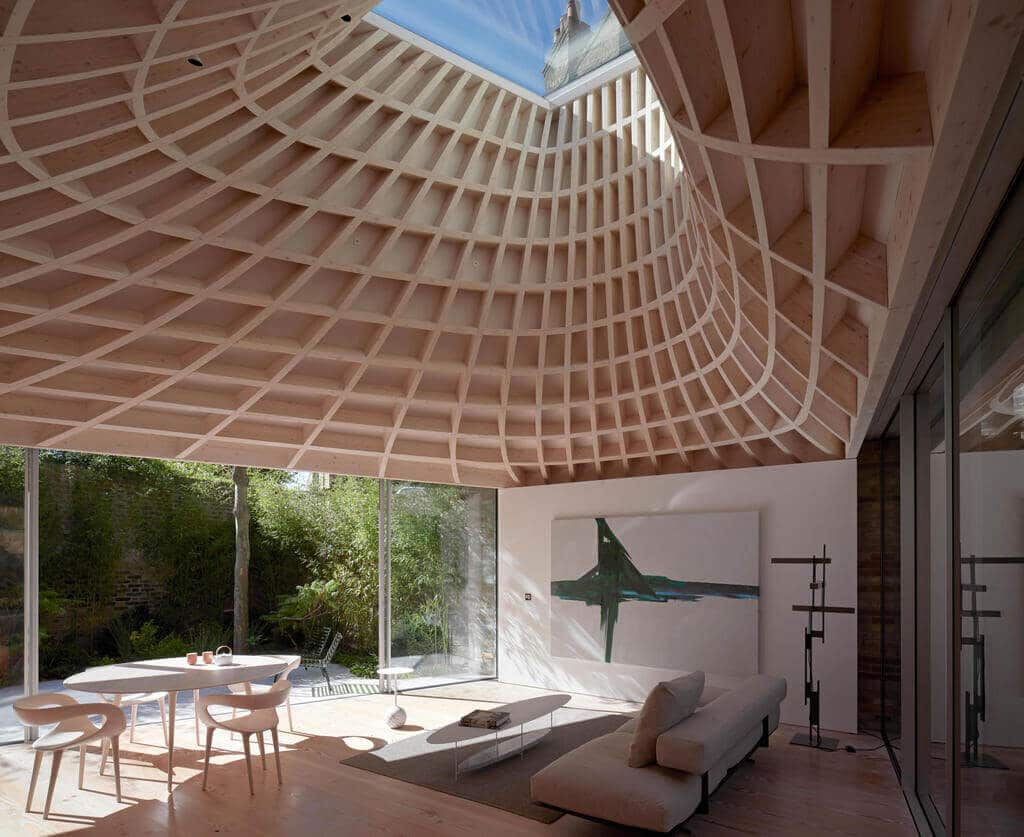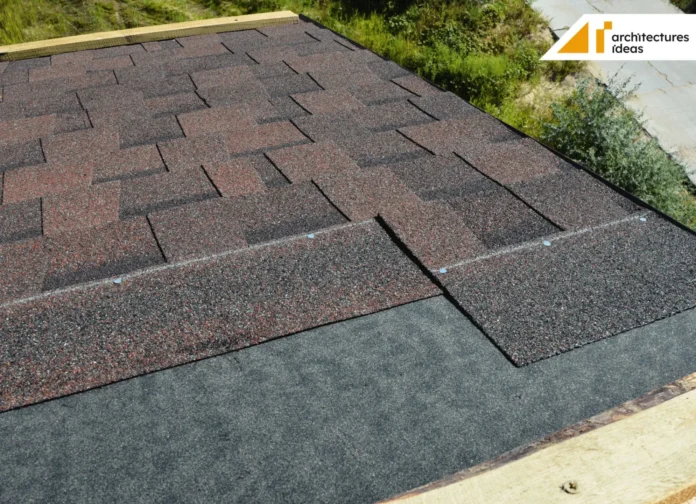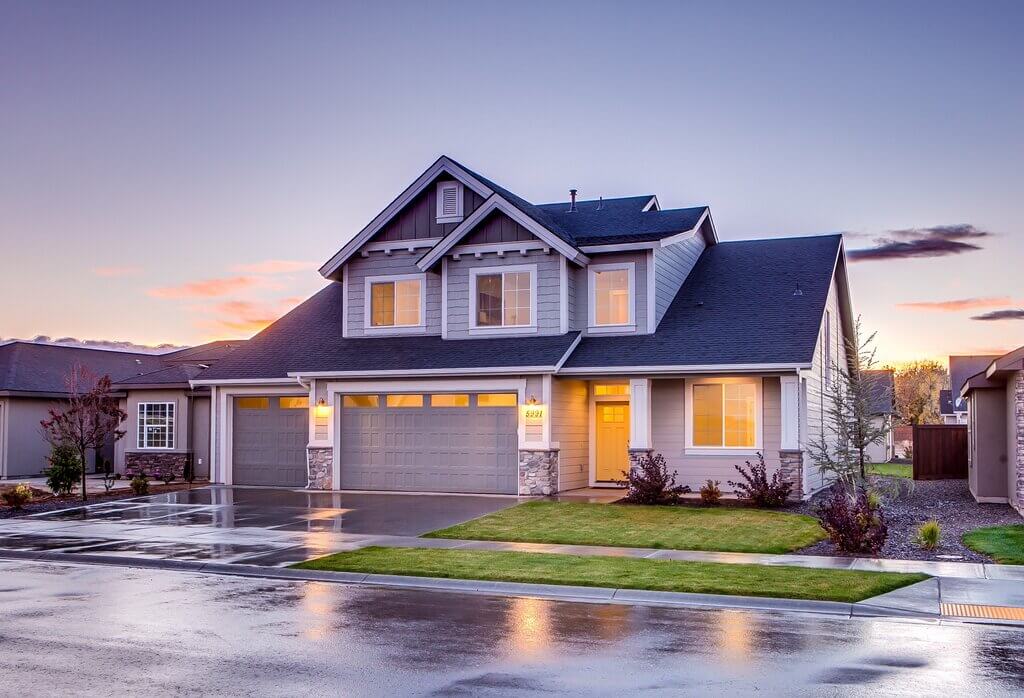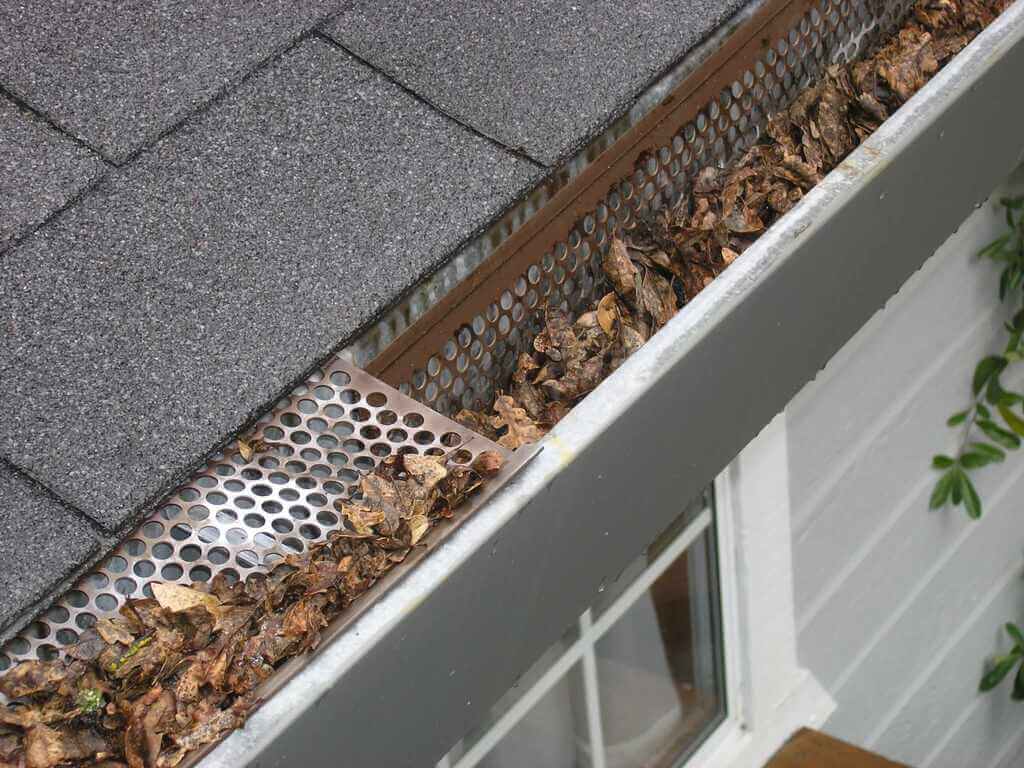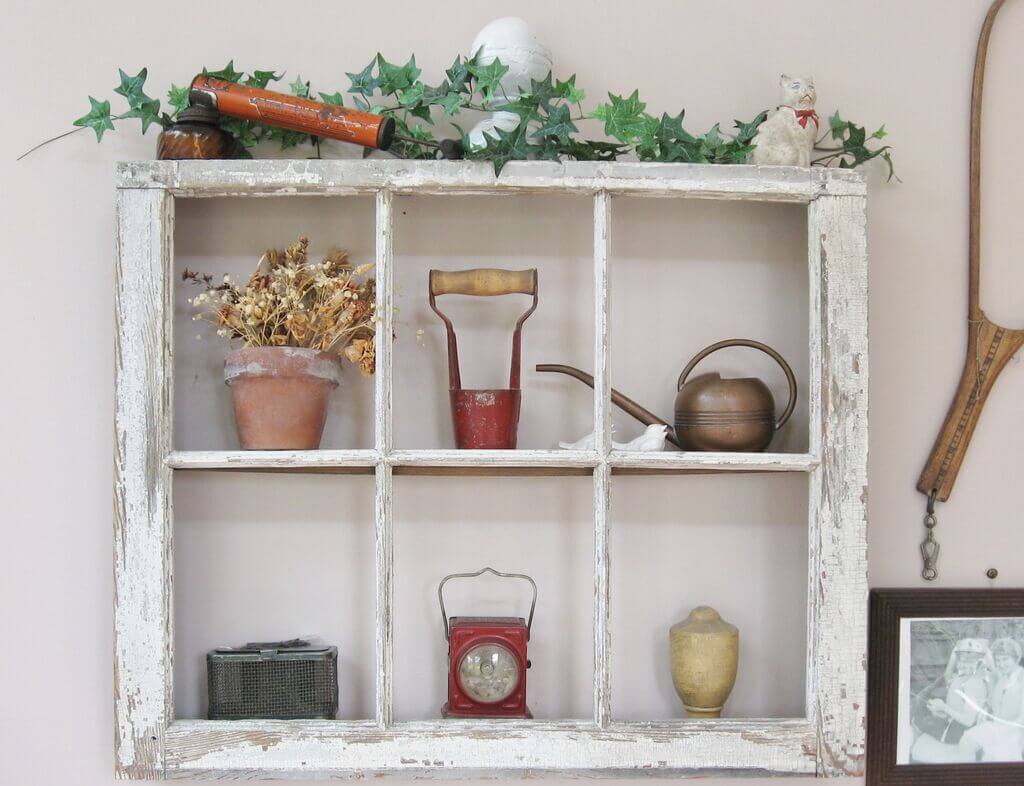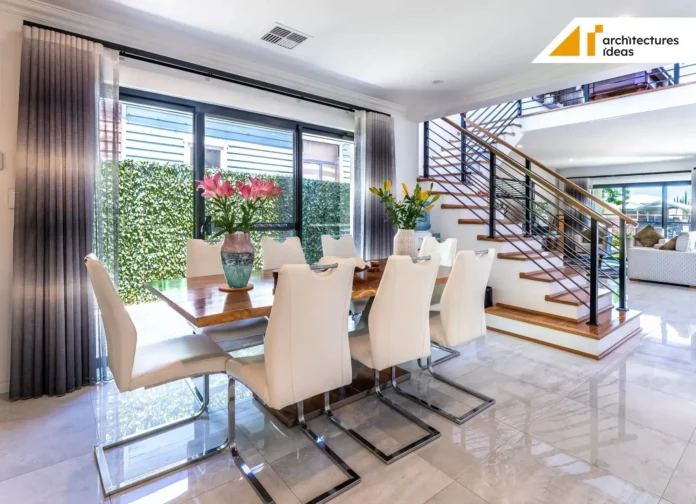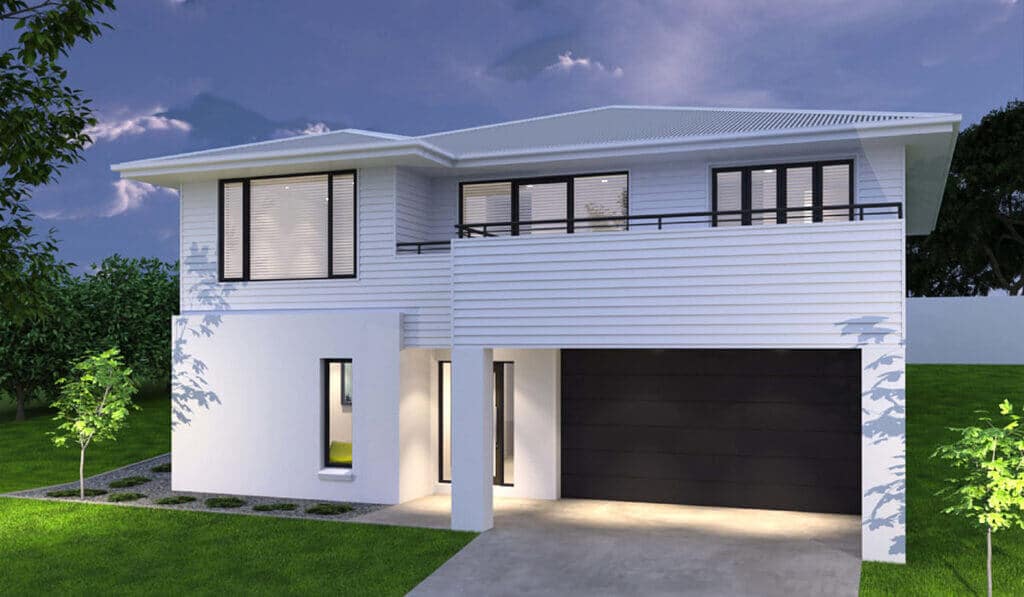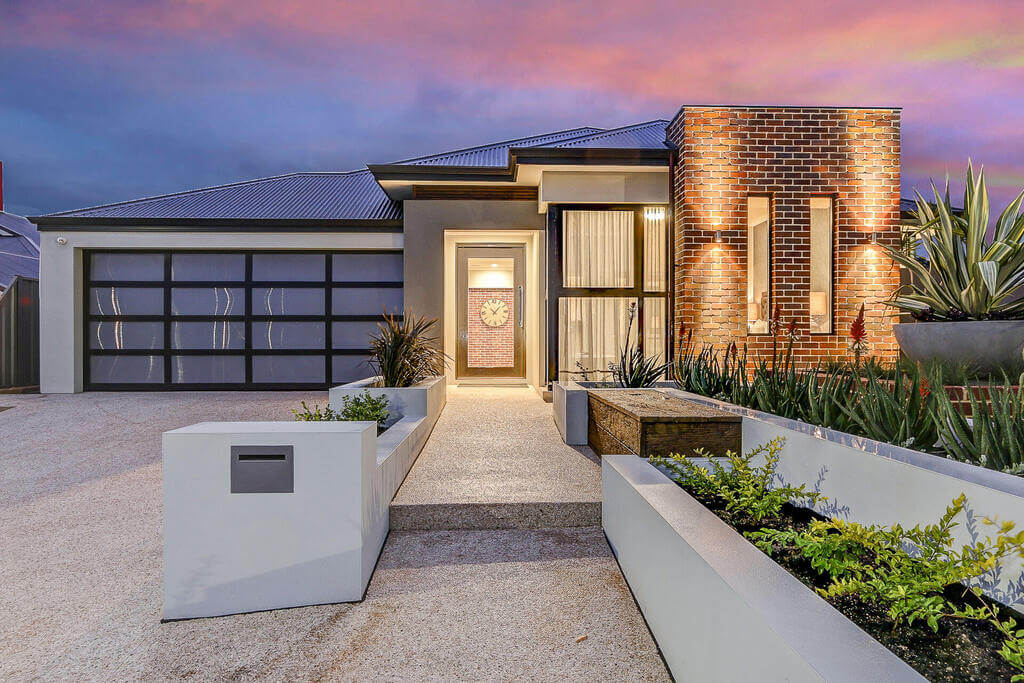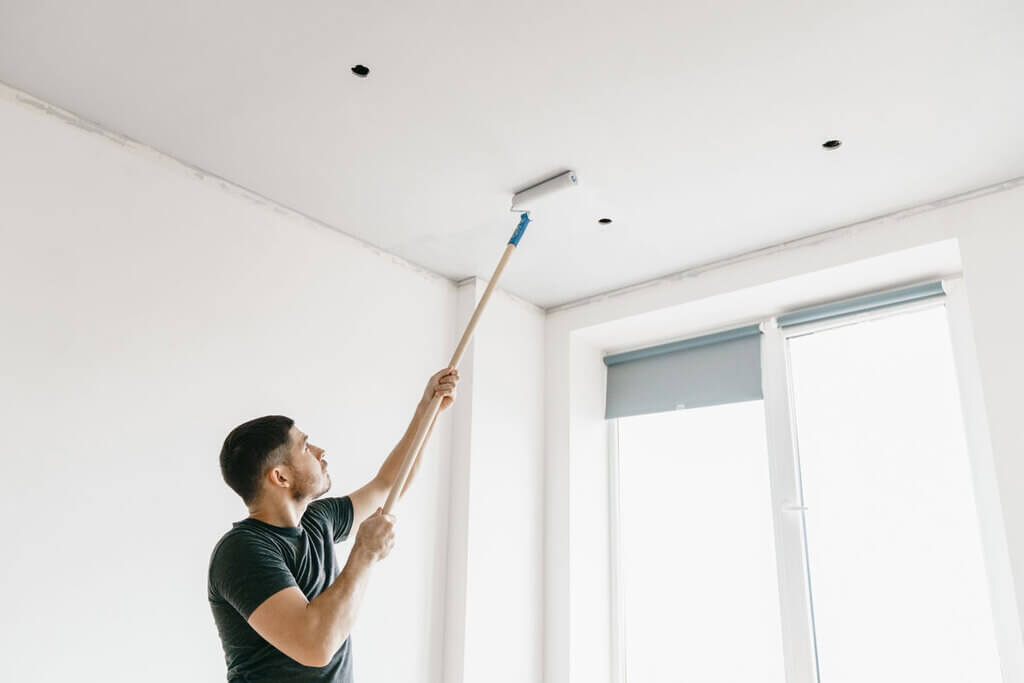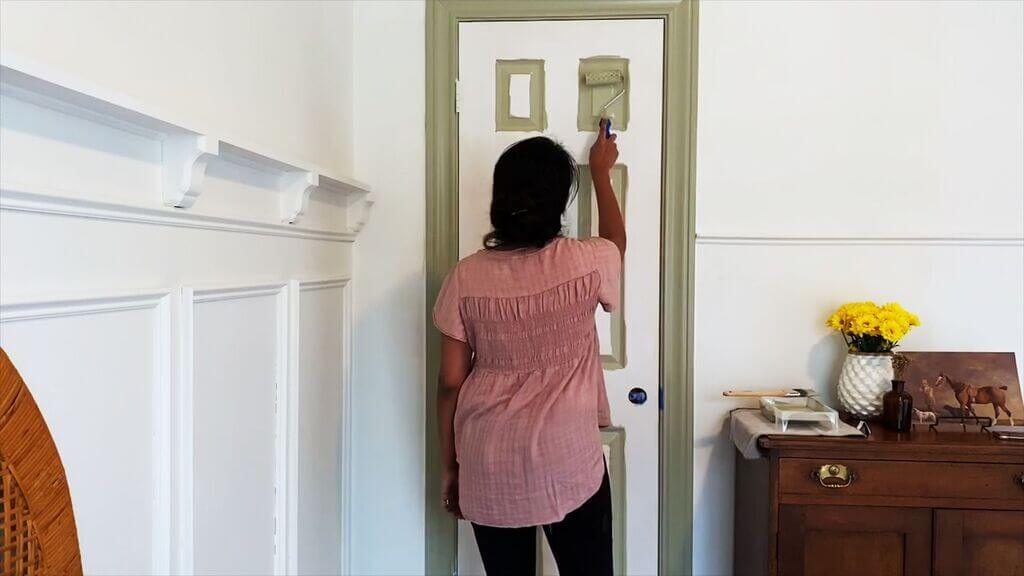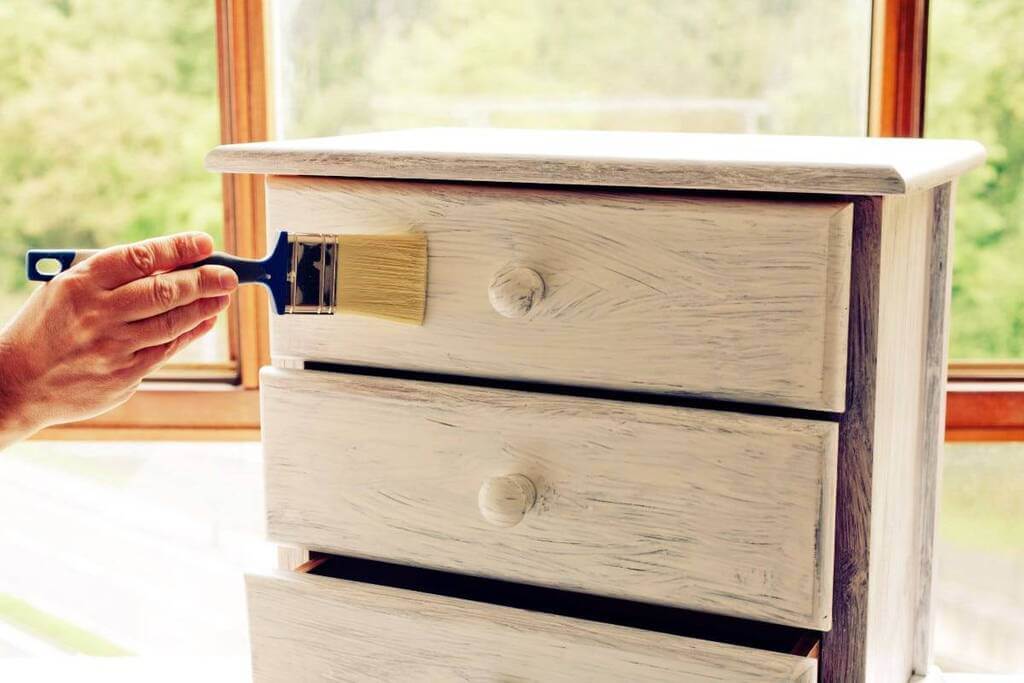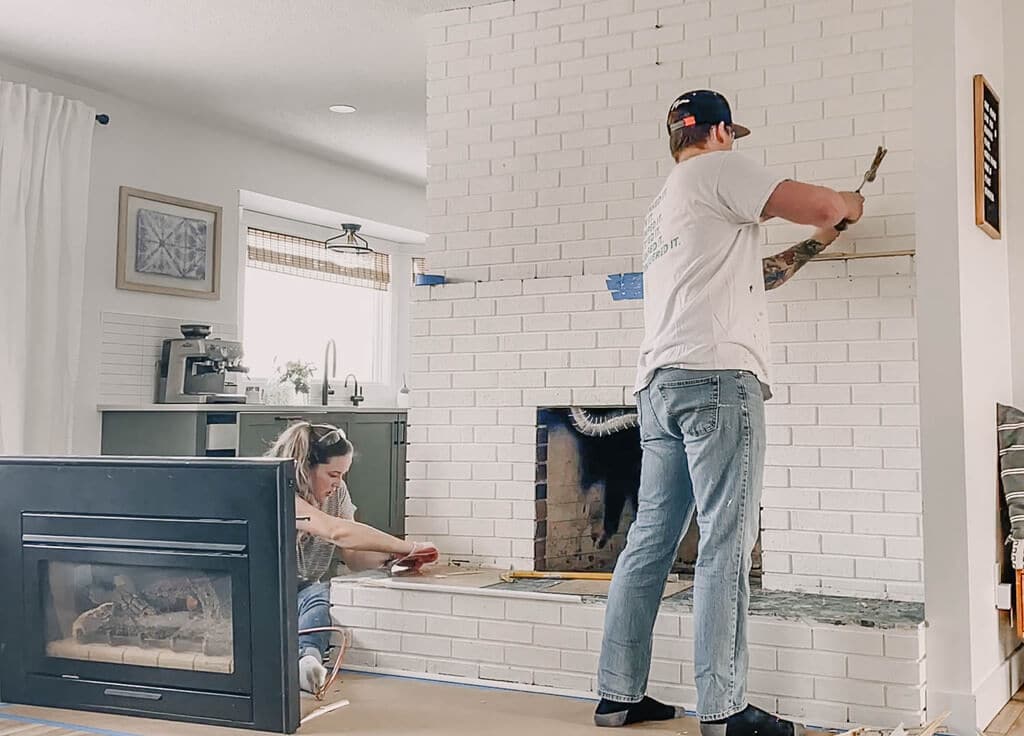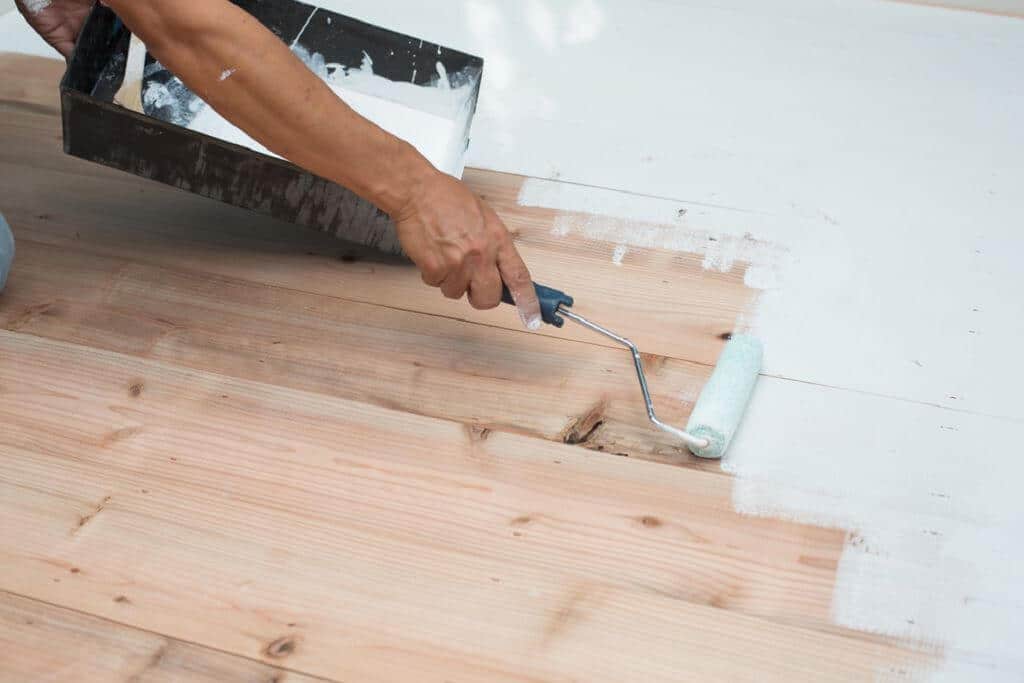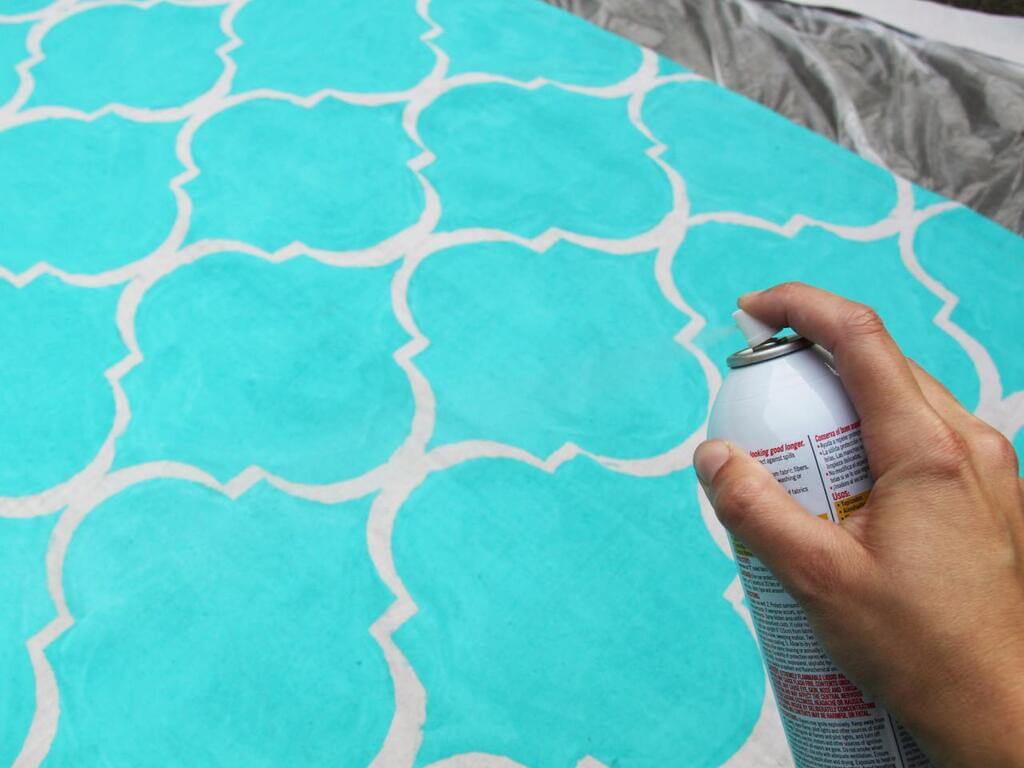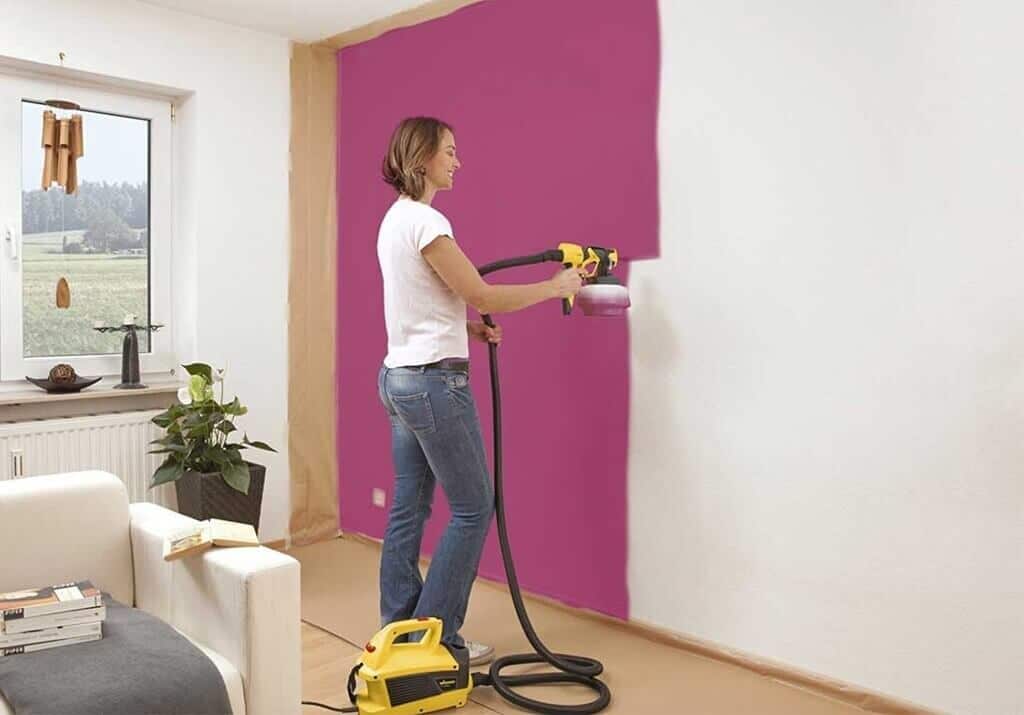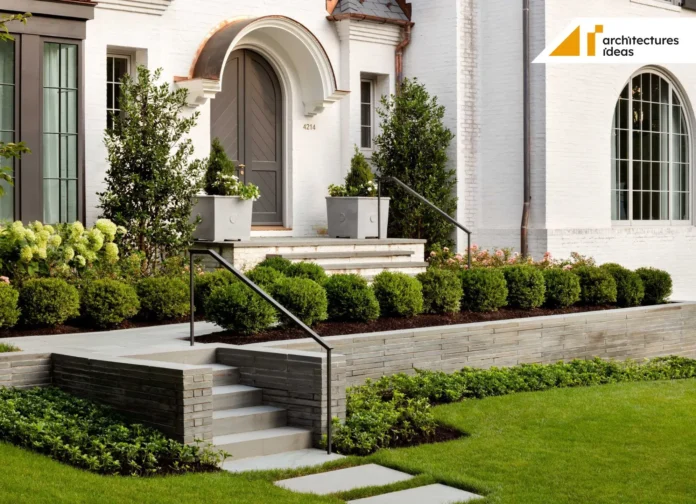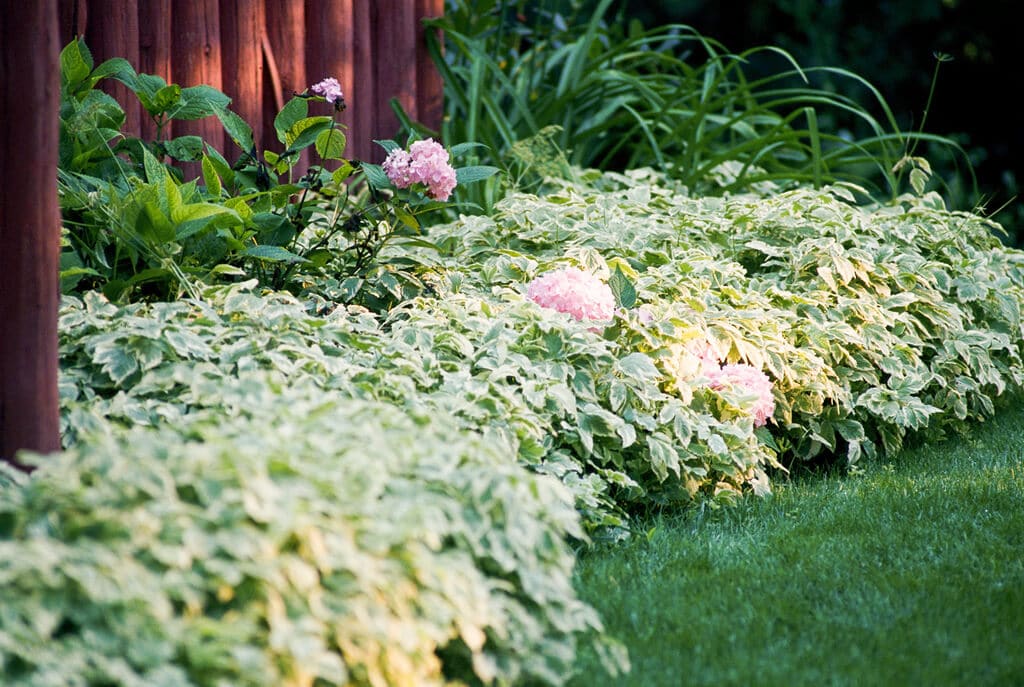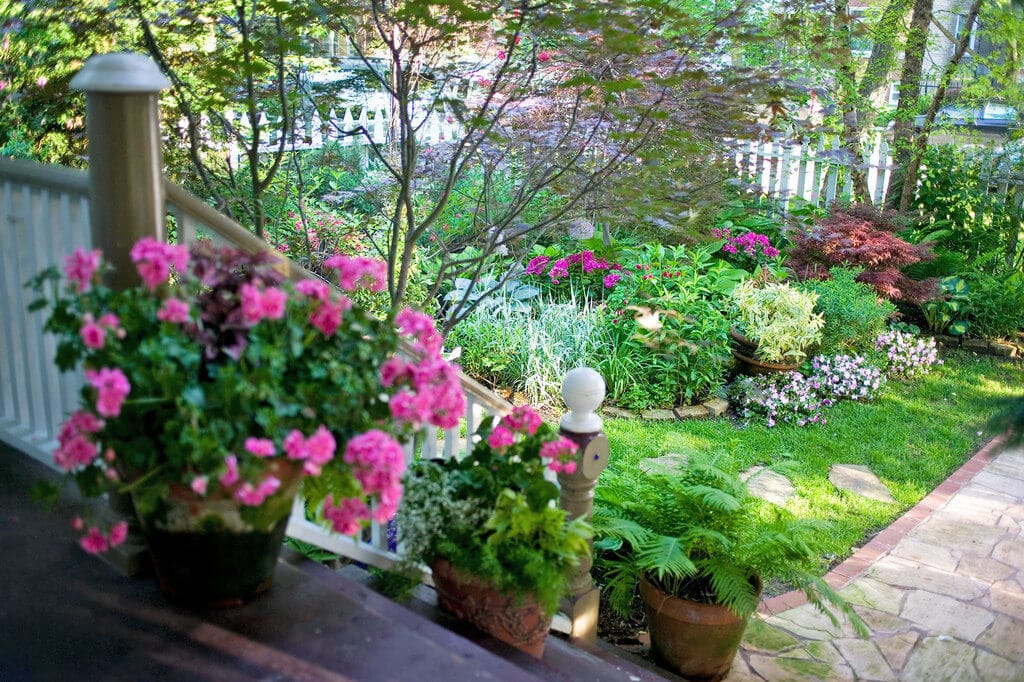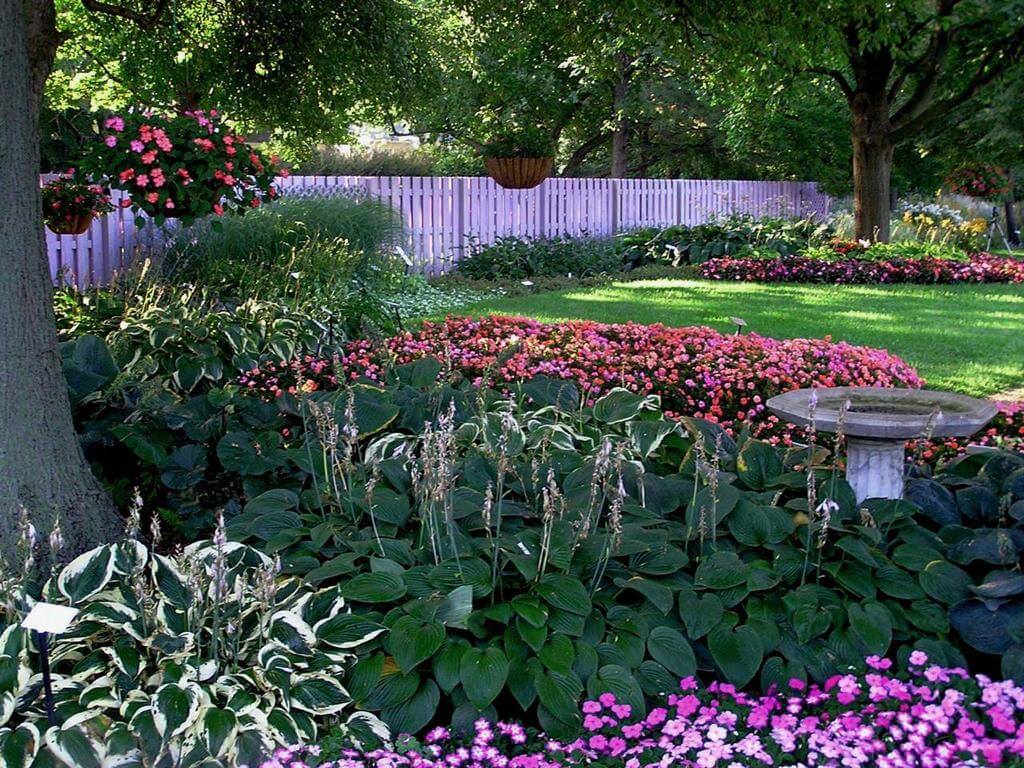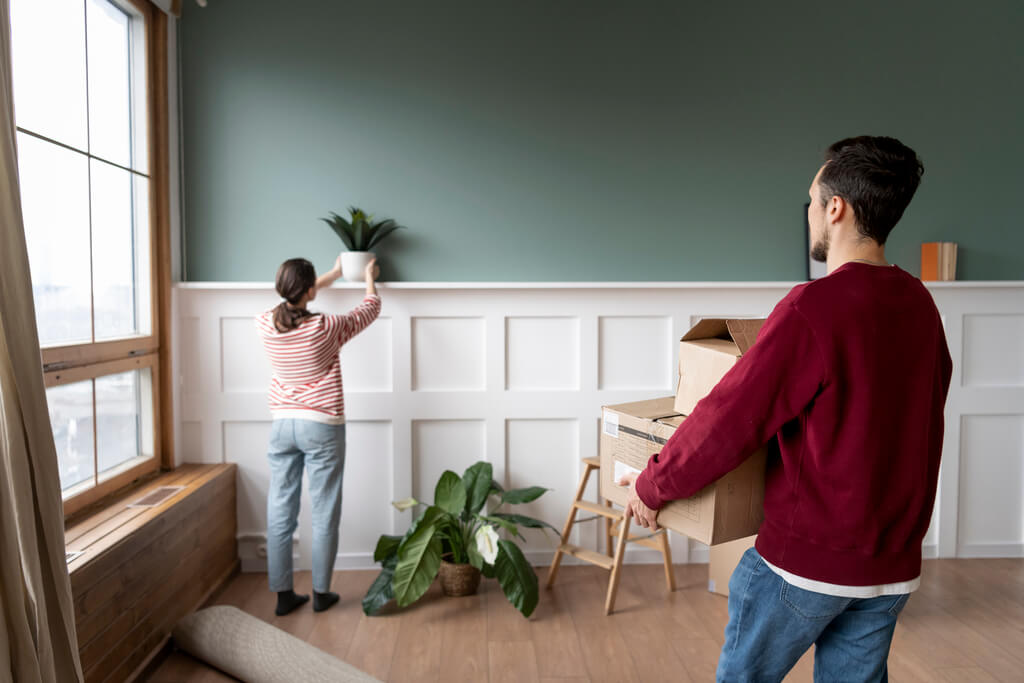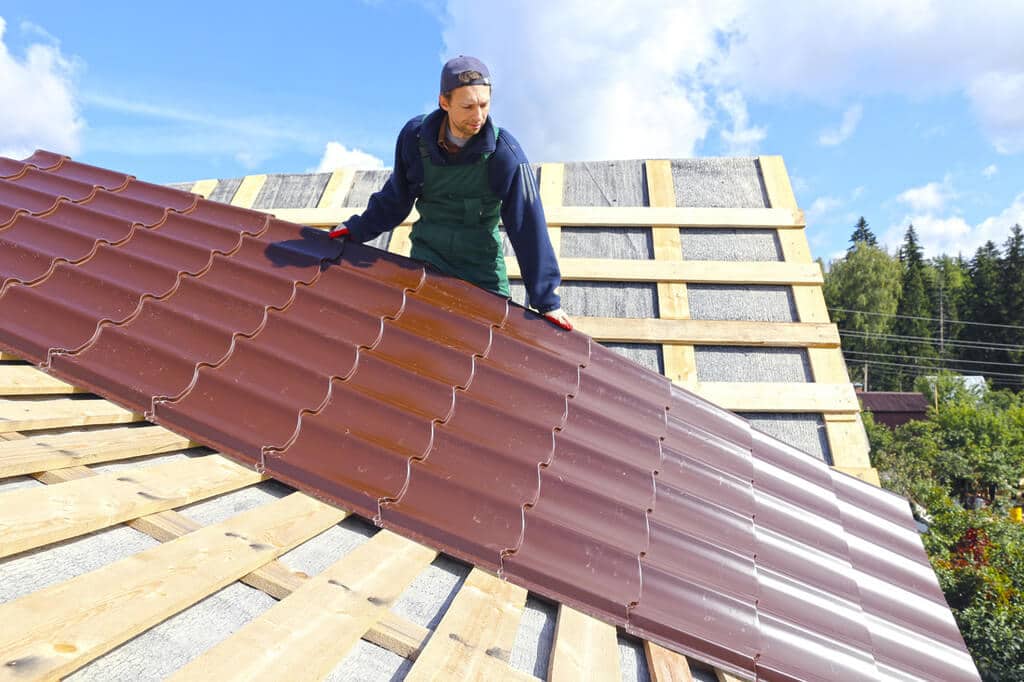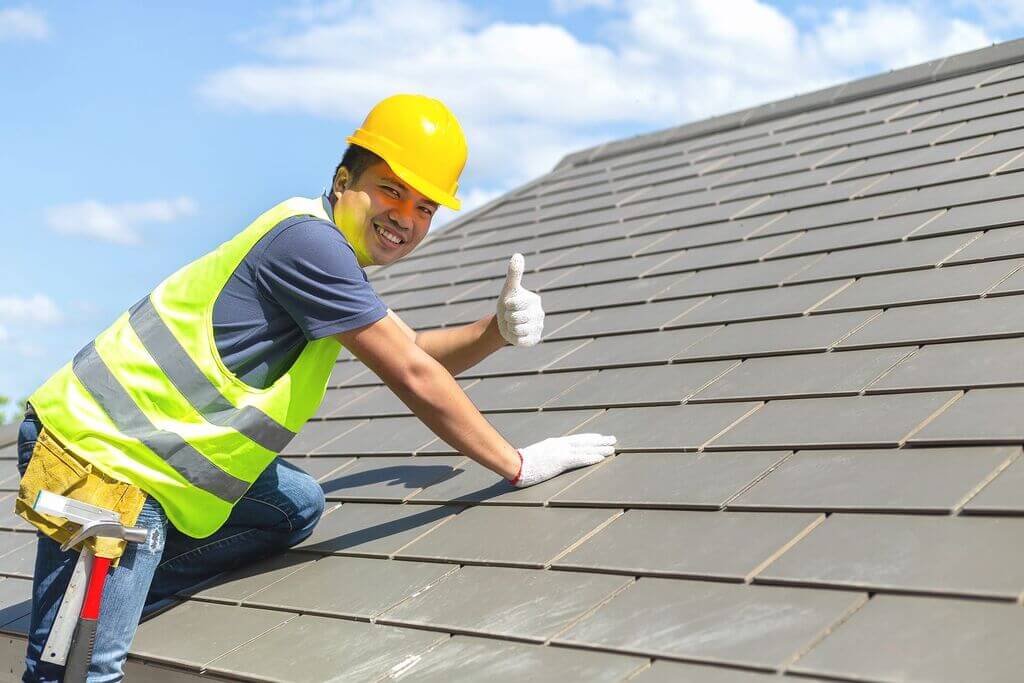DIY Painting Ideas can seem like the only kind of domestic improvement. However, a few coverings are more demanding than others. Fear no longer: Even while it proceeds to detrimental stuff like timber crafts and chimneys, there are paint fashions and suggestions that will help you attain the advent you fancy.
Every family wishes everyday open-ended protection that encompasses painting, sealing, or varnishing of indoor and outside timber, inhibiting corrosion on steel, portraying indoor and outdoor trim, and preserving walls – each internal and out of doors – looking fresh. That consists of painting a combination of numerous coverings and elements.
DIY Easy Painting Ideas
Wipe the outside with a stable cord brush to cast off peeling paint or corrosion. Clean with a moist rag and permit it to dry. Prime with metallic primer and dry, or make use of color uniquely expressed with rust inhibitors. Implement several tiny layers of paint.
If using spray paint, hold the field approximately 10-12 inches from the outside as you spray. Rock the bottle through the application to keep the colors combined. Spray cautiously to avoid paint flows.
Ceilings
It’s satisfactory to color a room’s roofs earlier than you lay out its walls. Utilize a curler with a close grip and paint layers: the unique coat inside the equal area because of the number one mild source (together with a window) and a secondary coat perpendicular to the sunrise.
However, several producers provide crimson or blue paints while carried out, however dry to a white end to provoke painting a white ceiling more accessible.
If you’ve got a textured ceiling, anticipate applying 10-15 percent more paint. A foam curler will adhere to the textured outside and accommodate even insurance with scarcer power and pressure on your part.
Glass
Begin with a neat, dry medium. If you practice a layout, bind it to the middle of clean glass. With an artist’s brush, appoint a flat layer of glass paint for a stained-glass appearance.
For a smoky end, practice a further coat after the primary is baked. Paint step by step and easily duck droplets. Managing an artist’s brush, seal the item with glass-paint varnish. If you require the advent of frosted glass, use a varnish with a matte coating.
Doors
Although the usual approach is to raise a door earlier than painting, you would possibly as correctly paint it in position—that way, you could paint all aspects right away and won’t need to rehang it.
Before painting a door, transfer the knobs and hardware, and mask joints. Use the most petite semi glosses or gloss paint layers to use an oil-base sealer and primer to fasten inside the unique end.
Cabinetry
When painting cabinetry, coaching paintings is everything. First, enhance the doorways and drawers (in addition to any hardware) and wipe the surfaces. The type of primer you have to appoint relies upon whether the shelves are timber or laminate.
If your shelves had been painted formerly, you’d require to clear up what kind of paint changed into used. It is critical due to the fact an oil-base end wishes an oil-base sealer and primer. To take a look at a painted outside, dip a cotton ball in ammonia and connect it to the floor with an adherent bandage or tape.
Take it off after approximately an hour; if the paint has creases, it’s water-primarily based totally. If it doesn’t, it’s oil-based. After using the suitable primer, put in force or 3 coats of paint to assure the shelves will continue to exist as much as each day use.
One layer of paint isn’t always acceptable. For maximum dependable outcomes, exercise the color with a foam curler, practice a broom to smear the pigment, and bring a stage end.
Ceramic
Sand the out-of-doors quickly to steady paint adhesion. Wash the floor with a trisodium phosphate (TSP) cleaner to cast off grease and filth. When dry, put in force a bonding or ceramic primer. Allow the primer to dry.
Brush on latex paint in a gloss or semi-gloss end. You can also use paint formulated for ceramic or porcelain surfaces. Enable the color to dry for several days, and take care now no longer to scrape the paint even as it’s restoring.
Wood Furniture
If the floor is formerly painted or varnished, cast-off dust or wax improvement with a residence cleanser and wash. Sand rocky patches and clean away dirt with a tack cloth.
Utilize coats of stain-blocking off the primer and depart it to dry among coats. Try training an obvious primer if you want the grain of the wood to be considered through the paint.
Roll or brush on coats of latex paint inside the path of the timber grain. Apply a broom to complete the medium with flat strokes. For furnishings or cabinetry as a way to preserve heavy use (like kitchen shelves that can be opened each day), it’s an immeasurable impact to seal the end with coats of polyurethane.
If you require a fast fix, particularly for a textured object together with a wicker chair, spray paint it. For more information about painting wood visit Paint Catalogue.
Brick Fireplace Surround
Initially, you’ll require to scrub the brick thoroughly. Employ a cord brush and non-sudsy trisodium phosphate (TSP) to launch grime. Following the brick is smooth, use a primer. Apply a stain-blocking primer to cowl any soot spots.
When selecting paint, please take a look at that the better the gloss, the greater it will fight soot. High-temperature paints may be used on metallic that’s part of the surround. However, they don’t paint the interior of a fireplace.
Fabric
Tape preshrunk cloth to plastic-dealt with cardboard. (Place the card internal a pillow cowl in case paint soaks through) Use cloth paint or acrylic paint with a fabric medium brought. Implement the color in numerous skinny coats to serve it into the fibers. Heat set if needed. You can wash your cloth with a little detergent after 10-14 days.
Wood Floors
To paint a timber ground, smooth and sand the floor (loading any cracks with timber filler), then put in force an oil-base sealer. You can use both oil-based or latex paint. Alkyd or changed epoxy latex porch and ground paint is an excellent choice for high visitor spaces. A polyurethane movie will assist keep painted flooring.
You may require to make use of a water-primarily based varnish totally due to the fact that oil-primarily based varnishes are yellow over time. Use a curler with an extended grip to cowl huge ground areas, even though a broom is excellent for small spaces. Learn to devise your departure route: Inaugurate a nook and paint closer to the exit to withdraw passing on moist paint.
Concrete Floors
To paint a concrete ground, you’ll need to smooth it first, then restore any leaks or cracks with the concrete compound. Since concrete is enormously absorbent, you’ll necessitate making use of a selected concrete sealing primer earlier than coating to seal the floor and ward off moisture far from the paint. You can then use unique masonry paint designed for flooring with a curler.
Rugs
Base-coat your rug stuff in case you aspired. After the bottom coat receives contact dry, paint a straightedge to control your stencil installation. Practice your layout in a contradictory color with a stencil brush and stencil, washing the stencil are moving it to a specific section.
The added opportunity is to apply painter’s tape to conceal a linear pattern. When the paint is dry, seal and protect the layout with clean polyurethane.
Walls
Before portraying partitions, wash them with trisodium phosphate (TSP) and restore any cracks or holes. If possible, cast off any vintage wallpaper earlier than portray. If you don’t take the wallpaper down, use an oil-primarily based totally primer.
Water-based latex primers will moisten the paper, developing air wallets and bubbles inside the paint. Mask off the trim and cast off hardware, which includes electric covers.
Use plastic wrap to cowl doorknobs and mild furniture to guard them against paint splatter. If your home changed constructed and your partitions have no longer been painted earlier, it’s a terrific concept to use a wallboard sealer earlier than portray.
For vintage drywall and plaster, a stain-blockading primer can assist cover water stains or different marks. Aim for 2 or 3 coats of paint for excellent coverage.
What Not to Paint
Don’t waste your treasured time on those portray projects; our professionals say:
- Bathtubs and sinks: Some of the desired chemical compounds for those labor-in-depth jobs are toxic. Leave those to the professionals.
- Kitchen countertops: Don’t paint laminate countertops for your kitchen. Standard paint doesn’t have a food-secure finish, and the color won’t keep as much heat, abrasions, or moisture.
- Ceramic tile in moist areas: Water will wreck down the paint. Even if you use a sealer, the grout, and mortar will wick moisture and break your paint job.
To get more information:–

